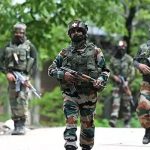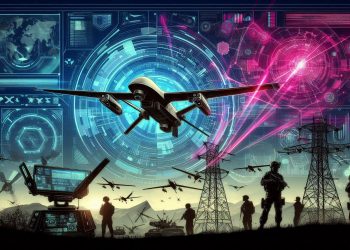Abstract
The evolution of warfare is increasingly centred on the integration of First-Person View (FPV) armed drones that combines low-cost accessibility with high-precision lethality. This paper explores the mechanics, tactical roles, and psychological aspects of FPV combat flying, particularly in High-Altitude Areas (HAA) and Line of Control (LC) scenarios. Unlike advanced UAVs and guided munitions, FPV drones provide operators with real-time manual control, agility, and adaptability in contested and GPS-denied environments. Drawing from recent conflicts such as the Russia-Ukraine war, the study highlights FPV drones’ dual role in reconnaissance and strike operations, while also addressing limitations including payload capacity, electronic warfare threats, and extreme environmental conditions. Future recommendations emphasise structured training, troop selection, AI-assisted simulation, and battlefield innovation to enhance combat effectiveness. FPV drones are reshaping the tactical and psychological landscape of modern warfare and remains a critical determinant of future combat outcomes.
Keywords: FPV drones, combat flying, high-altitude warfare, Ukraine-Russia conflict, drone tactics, electronic warfare, infantry integration, battlefield innovation














